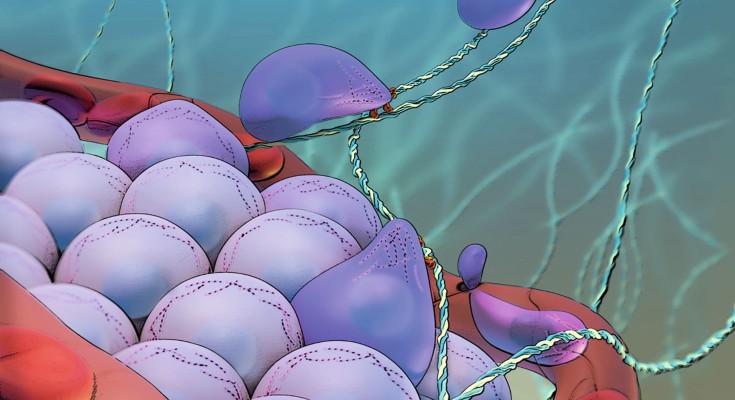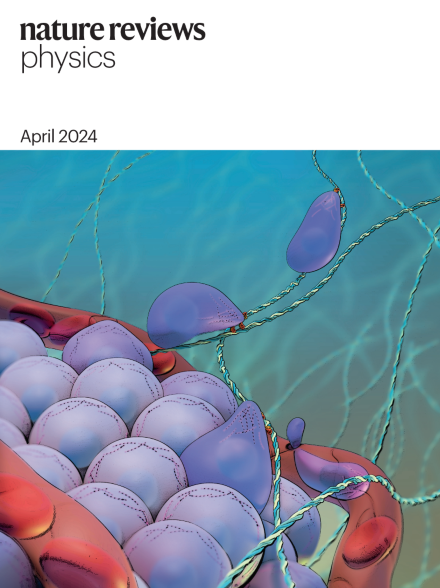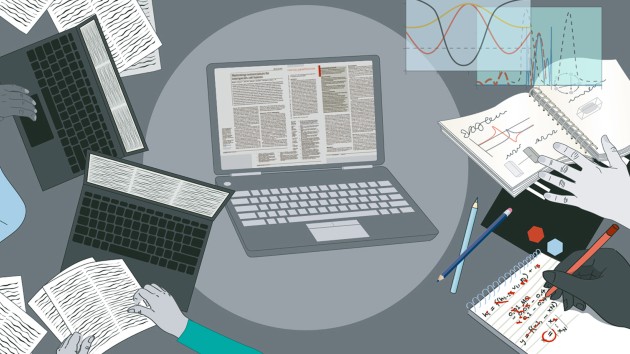
Mechanical properties of human tumour tissues
A Review in this issue discusses the differences in several mechanical proprties of cells and issues that play a role in human cancer developement.

A Review in this issue discusses the differences in several mechanical proprties of cells and issues that play a role in human cancer developement.


This Perspective argues that the development of 99Mo production methods complementary to reactor-based methodology is strategic in the short-to-medium term. Localized and resilient 99Mo production routes might guarantee access to important diagnostic procedures even in the case of unpredictable global events.
